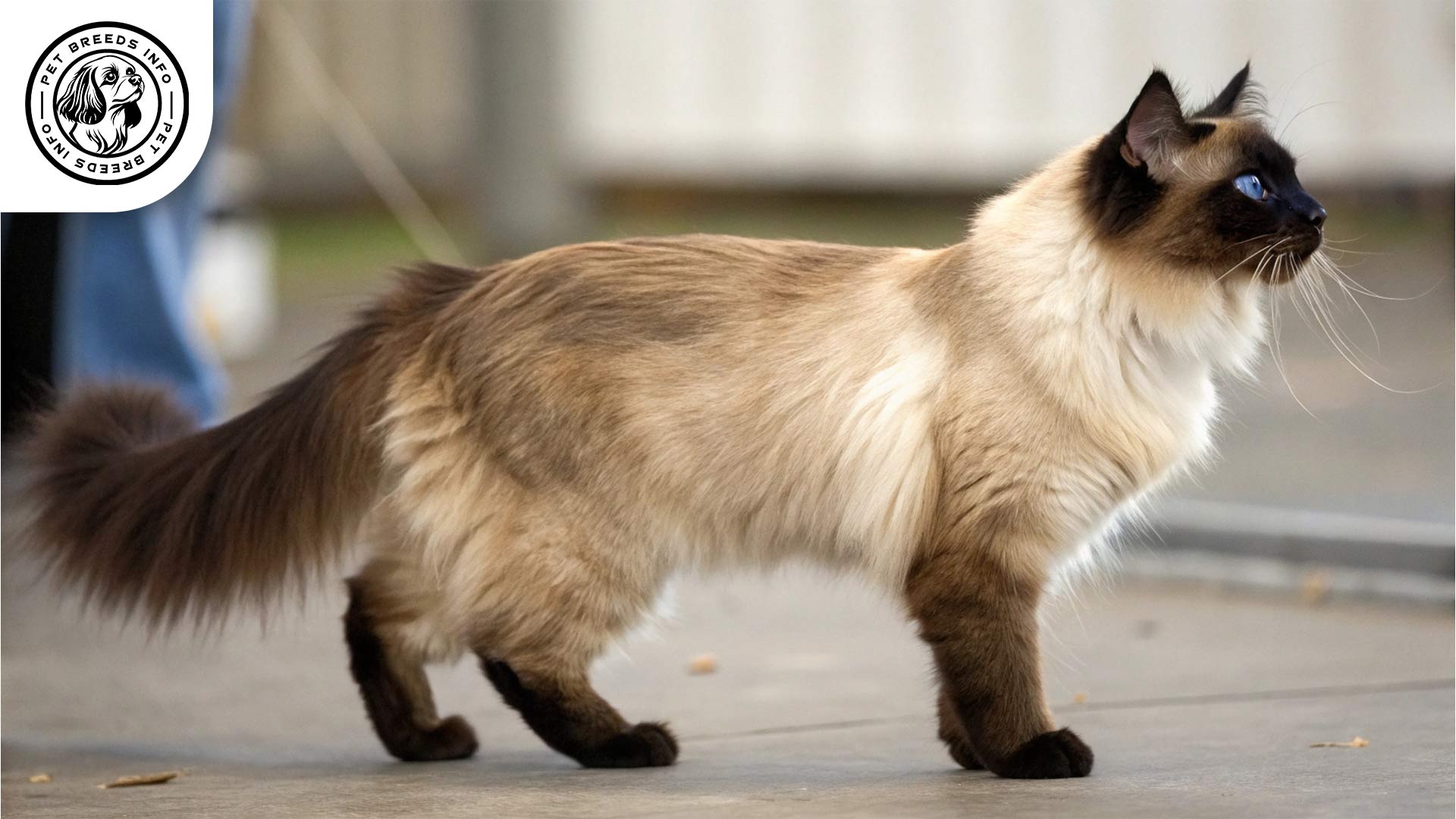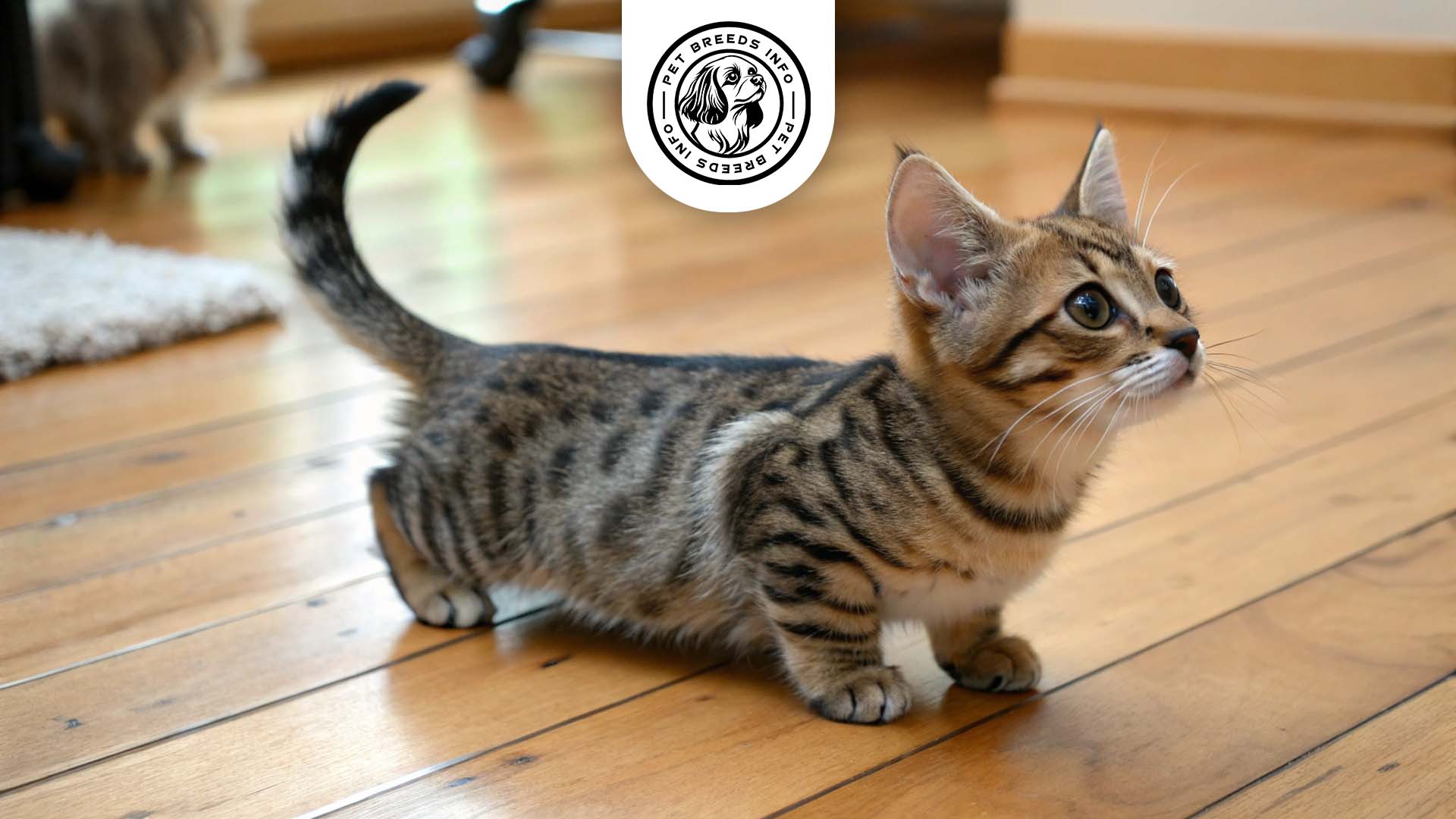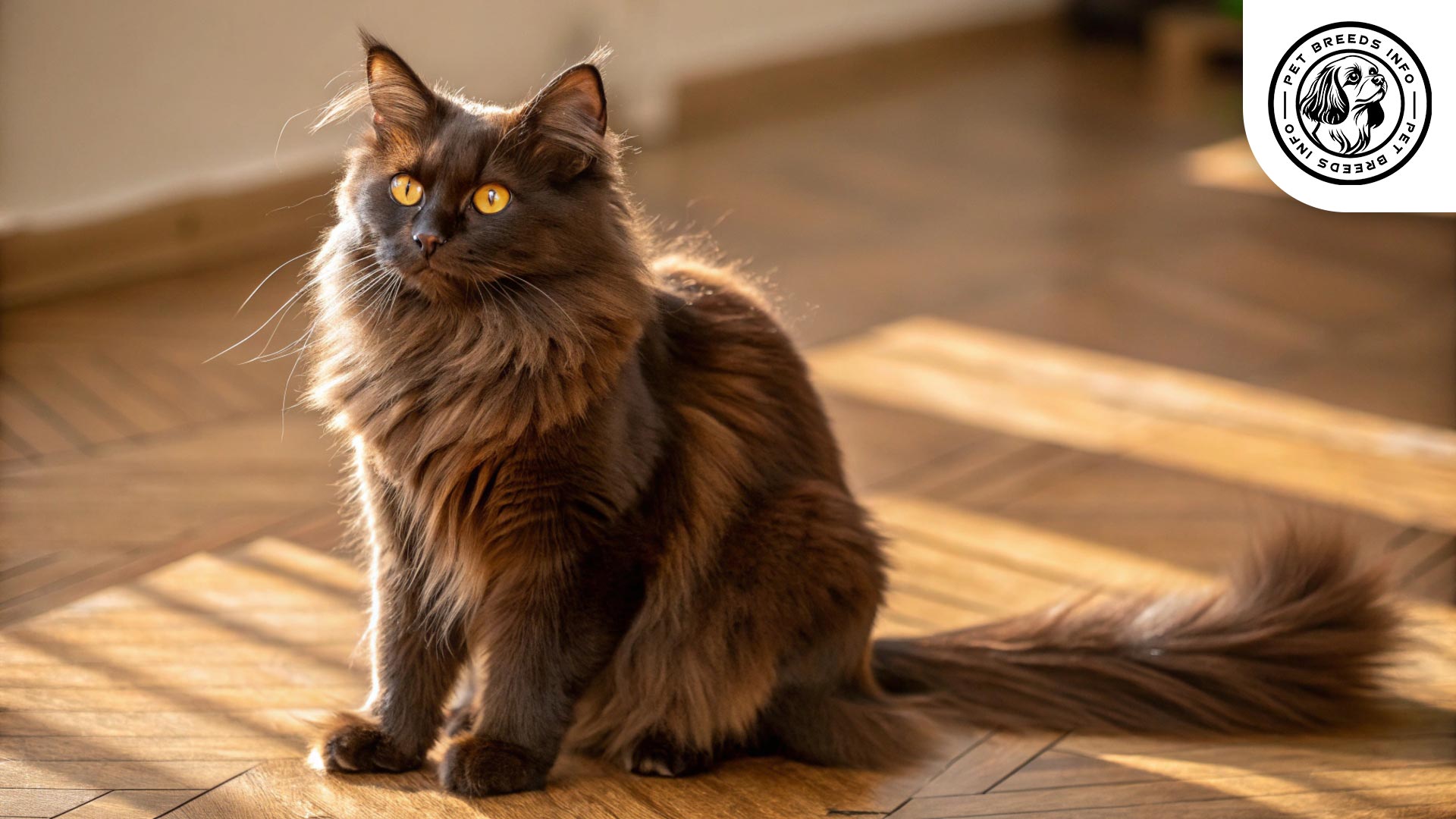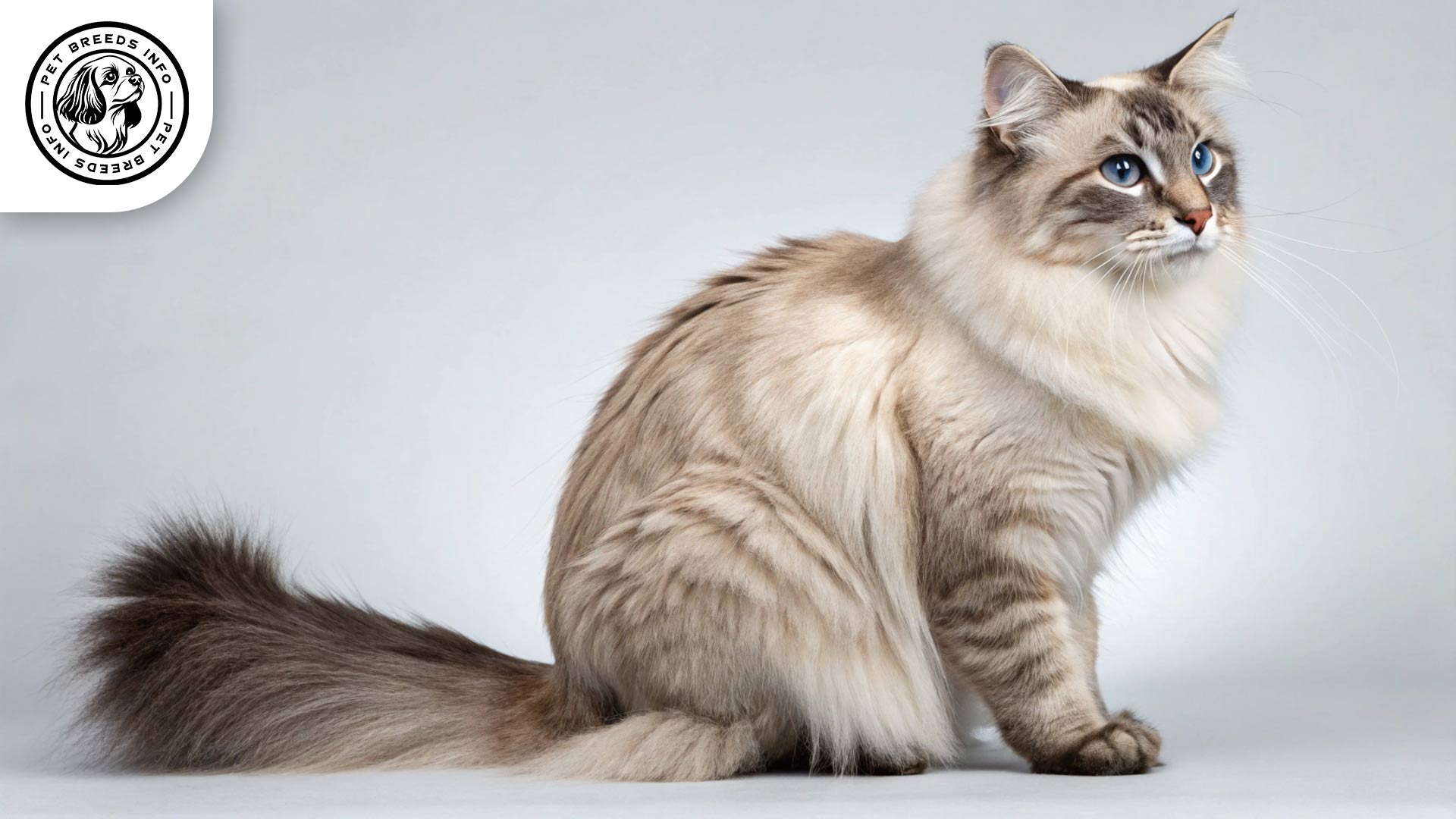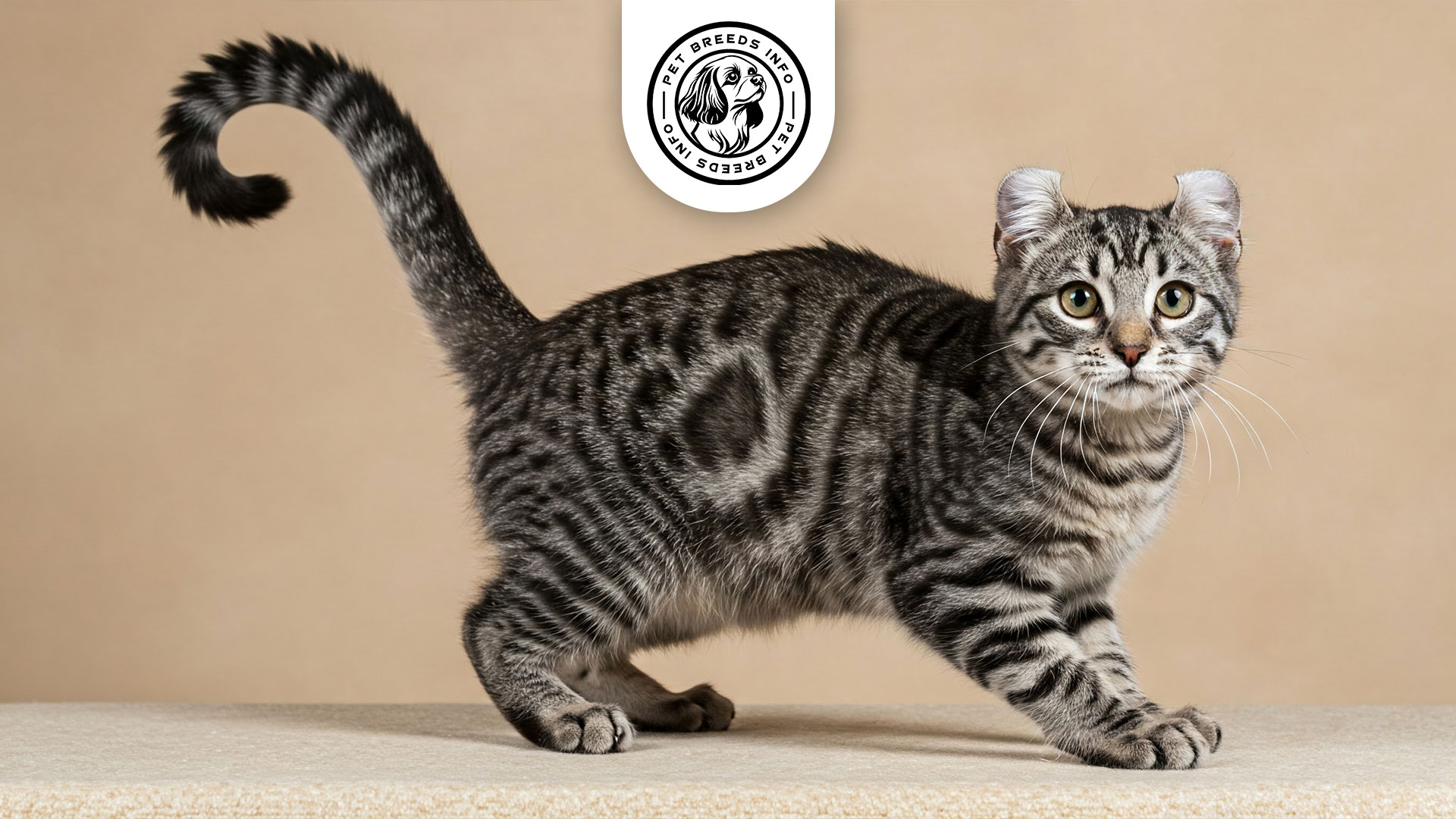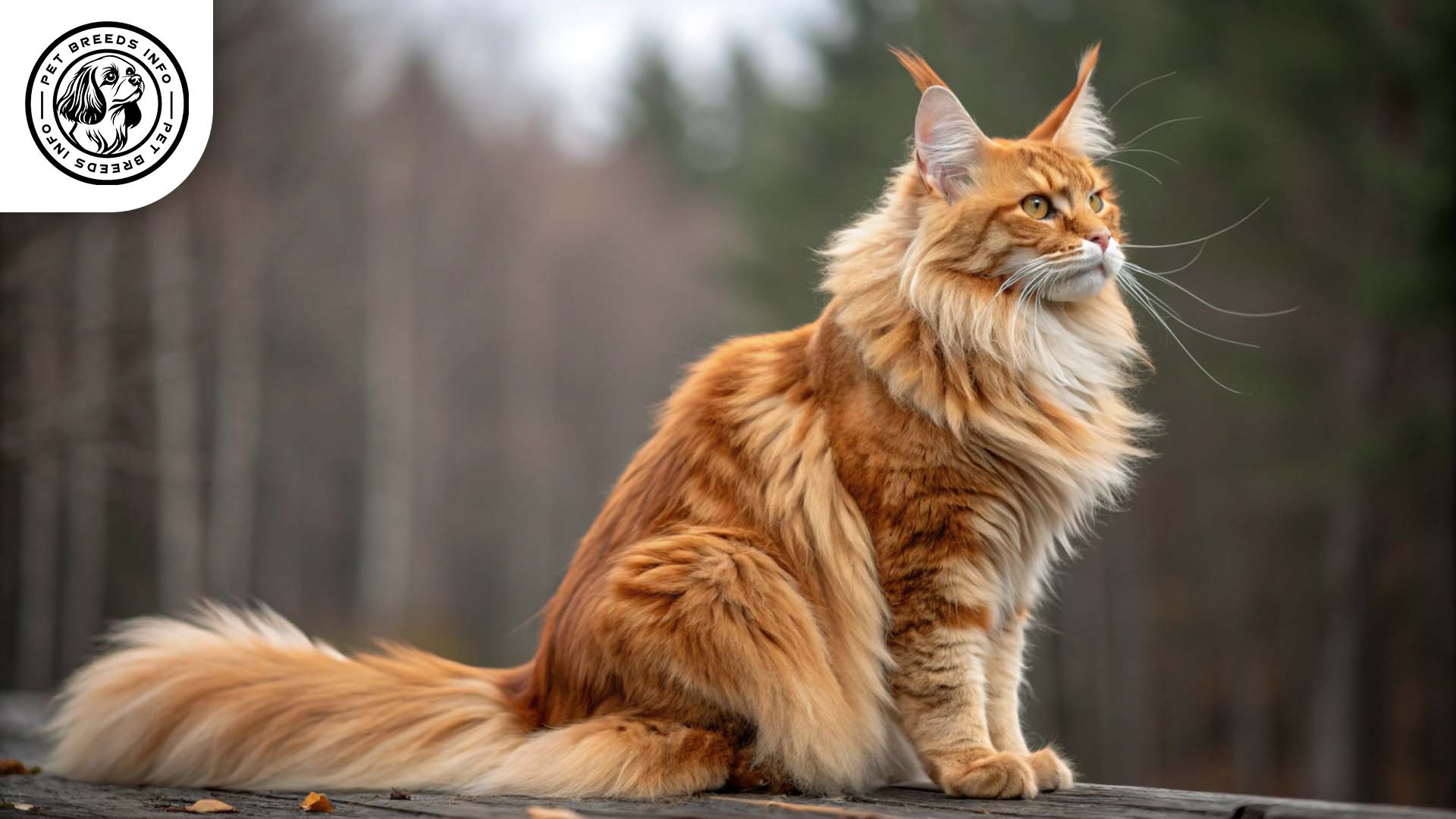Himalayan Cat Breed: Size, Health, Price & Personality
General Introduction of the Breed
The Himalayan cat, lovingly called the Himmie, is a stunning and affectionate breed that began in the United States. Created by blending the Persian and Siamese breeds, it boasts the luxurious, fluffy coat of a Persian and the vibrant color points of a Siamese, making it a real head-turner. Officially recognized in the 1950s, the Himalayan quickly won hearts with its charming personality and elegant appearance. Perfect for those who love a cuddly yet striking companion, this breed brings a mix of beauty, warmth, and a touch of sophistication to any home.
The Himalayan cat is a gentle, affectionate, and stunning breed, perfect for calm households that can commit to its grooming and companionship needs.Quick Overview
Affectionate - 90%
Independent - 40%
Intelligent - 80%
Sociable - 85%
Vocal - 60%
Shedding - 80%
Energetic - 50%
69%
100
| Weight | Males: 9-14 lbs (4-6.5 kg) Females: 7-11 lbs (3-5 kg) |
| Lifespan | 12-15 years |
| Diet | High-protein diet (wet/dry food). Avoid chocolate, onions, garlic, dairy, and processed human food. Fresh water should always be available. |
| Care | Daily brushing to prevent matting, regular bathing, and routine eye cleaning. Moderate exercise through interactive play sessions. |
| Health | Prone to polycystic kidney disease (PKD), respiratory issues, and eye conditions. Routine vet check-ups are essential. |
| Color | Colorpoint pattern with colors like seal, blue, chocolate, lilac |
| Nature | Gentle, affectionate, and calm. Bonds deeply with owners, enjoys companionship, and prefers quiet, stable environments. |
| Price | $500 – $2,500 depending on breeder, lineage, and location. Show-quality cats may be more expensive. |
Table of Contents
Physical Characteristics
Himalayan cats are medium to large-sized felines. Males typically weigh between 9 to 14 pounds, while females range from 7 to 11 pounds. They have a sturdy, muscular build with a broad chest and short legs.
Their coat is long, thick, and luxurious, requiring regular grooming. Himalayans come in several color points, including seal, blue, chocolate, lilac, red, and cream. Their eye color is always a striking deep blue, which enhances their expressive face.
Their ears are small and rounded, set wide apart on a broad head with a short nose. The tail is proportionate to their body, covered in thick fur that adds to their overall elegant appearance.
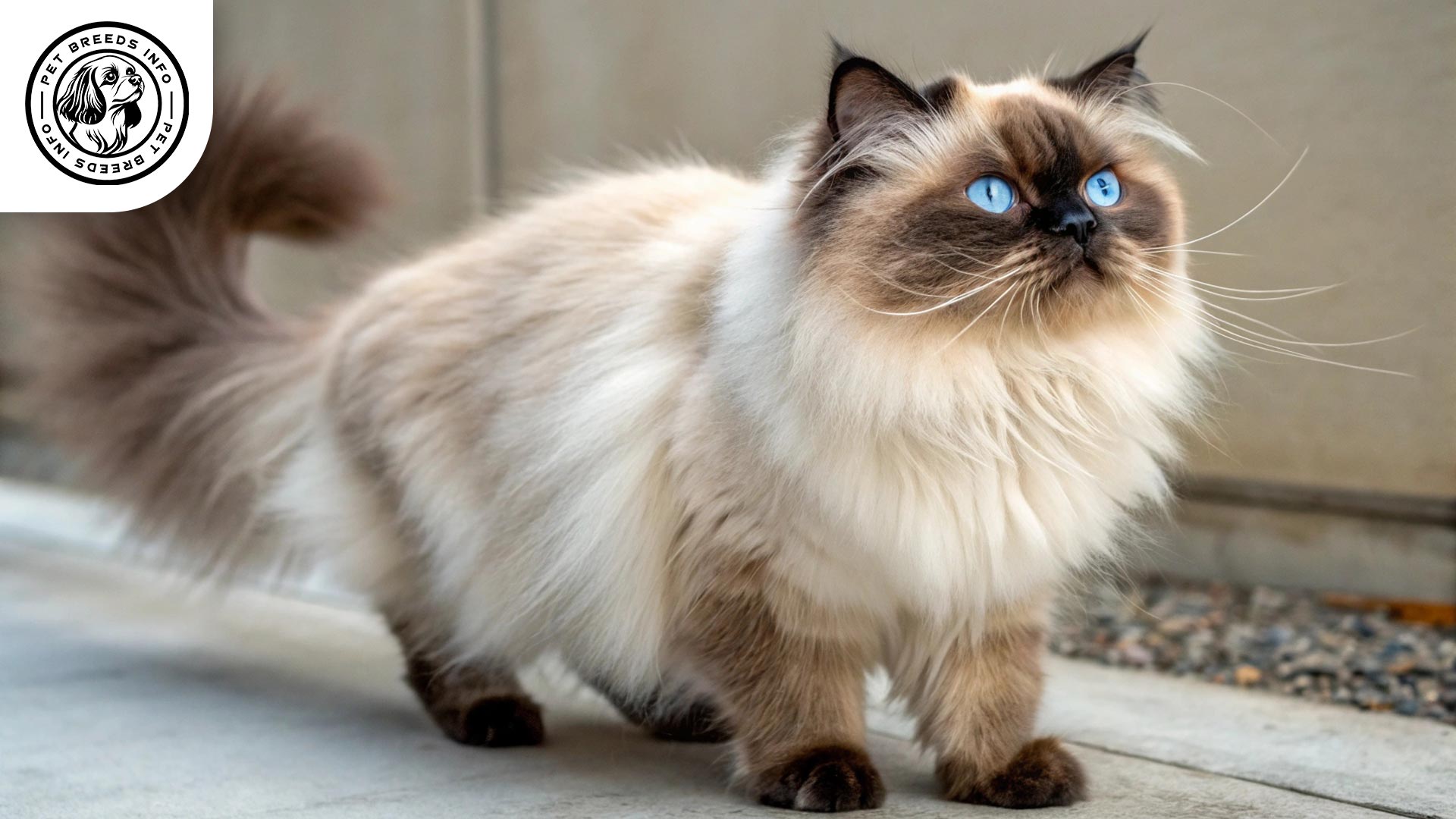
Personality and Temperament
Himalayans are intelligent cats that learn quickly. While not as active as some other breeds, they enjoy playful moments and affectionate interactions with their owners.
They form strong bonds with their families and thrive on human companionship. Himalayans are known for their gentle nature, making them excellent lap cats. They get along well with children and can adapt to multi-pet households if properly introduced.
Due to their sensitive nature, they may not tolerate loud noises or sudden environment changes well. This makes them better suited for calm and stable households.
Care and Maintenance Requirements
Himalayans have moderate exercise needs. They enjoy short bursts of activity and interactive play sessions but do not require excessive exercise.
They adapt well to apartment living due to their calm demeanor. However, they need a clean and stress-free environment.
Read More: Dragon Li Cat
Their grooming needs are high. Daily brushing is recommended to prevent matting and tangling. Shedding is moderate, but regular grooming helps manage it.
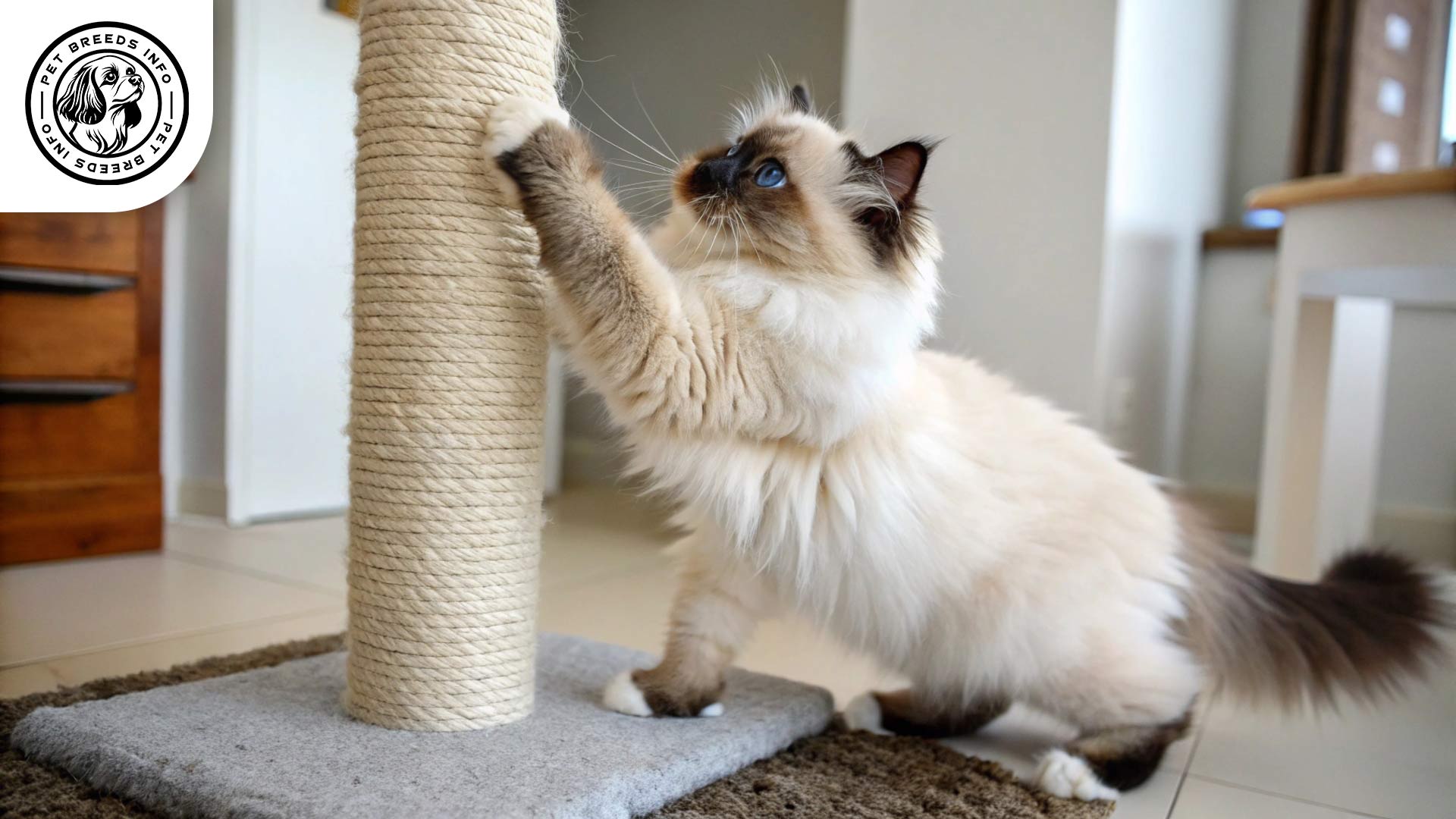
Himalayans are sensitive to extreme temperatures, especially heat, due to their thick coat. Keeping them in a temperature-controlled environment is ideal.
Routine hygiene care includes bathing every few weeks, regular nail trimming, ear cleaning, and daily eye cleaning due to tear staining. Dental care should also be a priority to prevent gum disease.
Diet and Nutrition
The Himalayan cat thrives on a balanced diet of high-quality dry or wet food to keep its fluffy coat and body in top shape. Some owners choose raw or natural diets, but always with veterinary guidance to ensure safety. A protein-rich diet is key to support muscle health, but since Himalayans can pack on pounds, portion control is a must to prevent obesity. Skip toxic foods like chocolate, onions, garlic, dairy, and processed human food. Always provide fresh water. Adult Himalayans do well with two meals daily, while kittens need more frequent feeding to fuel their growth.
Health and Common Medical Issues
Himalayans are prone to certain genetic health conditions. Some common issues include polycystic kidney disease (PKD), respiratory problems due to their flat face, and eye conditions such as excessive tearing and infections.
They may also suffer from obesity if not provided with a healthy diet and exercise routine.
Their average lifespan is between 12 to 15 years with proper care.
Routine veterinary check-ups, vaccinations, and parasite control are necessary to maintain good health.
Read More: Korat Cat
Training and Behavior Management
The Himalayan cat is fairly easy to train with a bit of patience, thriving on positive reinforcement and consistent routines to shape good behavior. Litter box training is usually a breeze, but their thick fur means you’ll need to keep the box spotless to avoid hygiene issues. Early socialization is key to help them feel comfy around new people and situations. Start grooming young to make it a stress-free habit, as their lush coat needs regular care. Stick to gentle discipline harsh corrections don’t vibe with their sensitive nature and you’ll have a well-mannered, cuddly companion in no time.
Interaction with Other Animals and Humans
Himalayans are affectionate cats that bond well with their owners. They enjoy being around people and thrive in households where they receive regular attention.
They are good with children as long as they are treated gently. Supervised interactions with younger children are ideal.
They can get along with other pets, including dogs and other cats, if introduced properly.
This breed is suitable for both individuals and families. However, they do not like being left alone for long periods and prefer companionship.
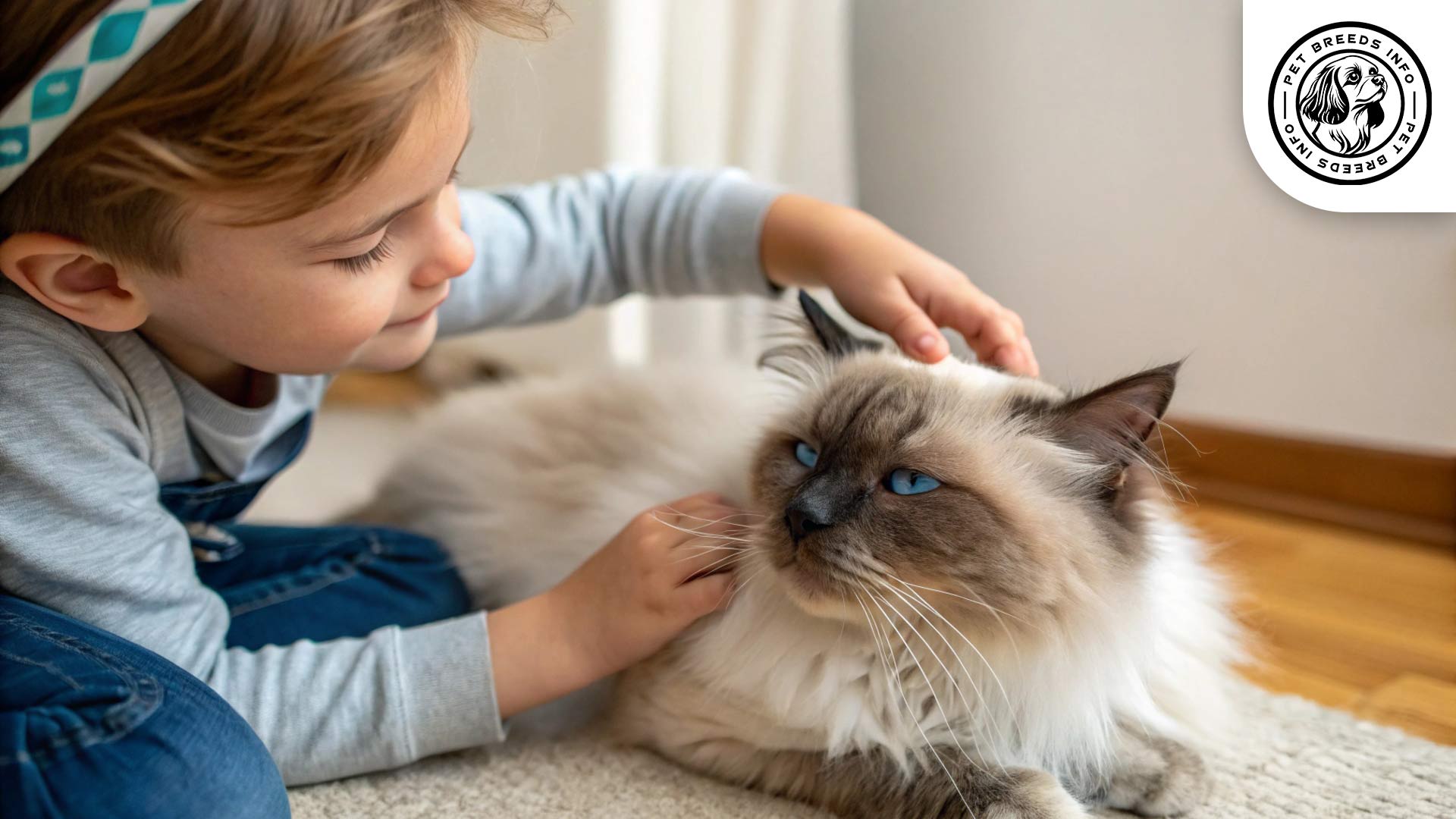
Price and Availability
The price of a Himalayan cat varies depending on the breeder, lineage, and location. On average, they cost between $500 to $2,500. Show-quality Himalayans may be more expensive.
Potential owners should always research reputable breeders to ensure they are acquiring a healthy cat.
Adoption is another option, as some Himalayans end up in shelters or breed-specific rescues.
Final Thoughts
The Himalayan cat is a loving and beautiful breed that thrives in calm and affectionate homes. It is well-suited for families and individuals who can provide regular care and attention.
Due to their grooming and health requirements, they are best suited for committed owners who can meet their needs.
Read More: Havana Brown Cat
If you are looking for a gentle, affectionate, and stunning cat that enjoys companionship, the Himalayan is an excellent choice.
FAQ
How often should I groom a Himalayan cat?
Daily brushing is recommended to prevent their long fur from matting. Regular eye cleaning and occasional baths are also necessary.
Are Himalayan cats good for families with children?
Yes, they get along well with gentle children and other pets, but supervised interactions are ideal, especially with younger kids.
Do Himalayan cats have any common health issues?
They are prone to polycystic kidney disease (PKD), respiratory problems due to their flat face, and eye issues like excessive tearing.
Are Himalayans independent cats?
No, Himalayans prefer human companionship and do not like being left alone for long periods. They thrive in affectionate, calm homes.
Are Himalayan cats hypoallergenic?
No, Himalayan cats are not hypoallergenic and can trigger allergies due to their long fur and dander.
